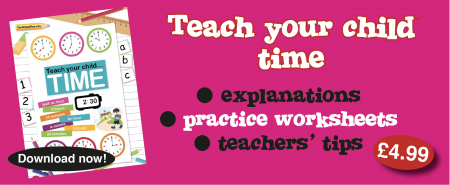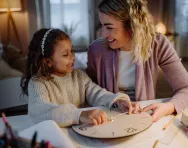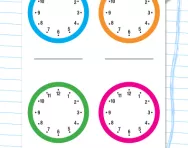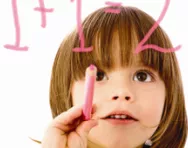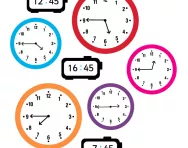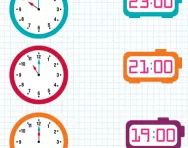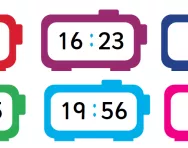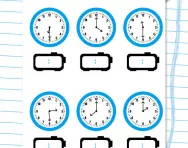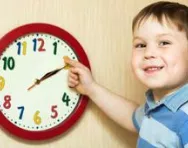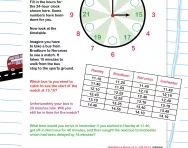Important update from TheSchoolRun
For the past 13 years, TheSchoolRun has been run by a small team of mums working from home, dedicated to providing quality educational resources to primary school parents. Unfortunately, rising supplier costs and falling revenue have made it impossible for us to continue operating, and we’ve had to make the difficult decision to close. The good news: We’ve arranged for another educational provider to take over many of our resources. These will be hosted on a new portal, where the content will be updated and expanded to support your child’s learning.
What this means for subscribers:
- Your subscription is still active, and for now, you can keep using the website as normal — just log in with your usual details to access all our articles and resources*.
- In a few months, all resources will move to the new portal. You’ll continue to have access there until your subscription ends. We’ll send you full details nearer the time.
- As a thank you for your support, we’ll also be sending you 16 primary school eBooks (worth £108.84) to download and keep.
A few changes to be aware of:
- The Learning Journey weekly email has ended, but your child’s plan will still be updated on your dashboard each Monday. Just log in to see the recommended worksheets.
- The 11+ weekly emails have now ended. We sent you all the remaining emails in the series at the end of March — please check your inbox (and spam folder) if you haven’t seen them. You can also follow the full programme here: 11+ Learning Journey.
If you have any questions, please contact us at [email protected]. Thank you for being part of our journey it’s been a privilege to support your family’s learning.
*If you need to reset your password, it will still work as usual. Please check your spam folder if the reset email doesn’t appear in your inbox.
Telling the time: how to help your child learn
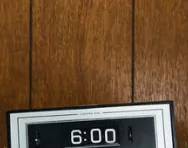
Eating, sleeping and playing – there is a time for everything we do. Telling the time might seem like second nature to most of us now, but we all had to learn at some point.
The simple fact of knowing the difference between day and night is your child’s entry into a world order underpinned by time. As children develop they begin to gain a more profound understanding of the workings of time, and the way in which it affects our everyday lives.
Learning to tell the time
Helping your child learn to tell the time is not exclusively bound to teaching them to read a clock, as how can they be expected to read the time if they do not have basic knowledge of what time actually is? Just as you would not expect a child to start reading before they could talk, telling the time is a developmental process which occurs in stages.
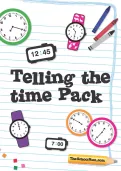
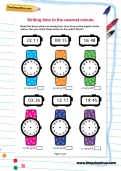
Teach your child to tell the time!
- Telling the time pack
- Step-by-step programme
- Worksheets and tutorials
Understanding past, present and future…
From an early age, children are cultivating an awareness of things which have happened, things that are occurring at the moment and things which are to come.
"Children need to understand how the act of telling the time relates to the past, present and future," explains behaviour management consultant Louisa Leaman. "They begin to understand that time is broken up into a sequence of events which exists in one of these states,’" she adds. In order to construct an idea of time, a child must make the all important link between the events in their life and when these events take place.
By learning about past, present and future, children can begin to place logical order into their lives and so make sense of the things happening around them. As Albert Einstein once said, "The reason time exists is so that everything doesn’t happen at once". It is the knowledge of how time occurs in chronological arrangement which is fundamental to a child’s construction of time as a linear and ordered measurement.
Learning about routines
Through familiar routines, children are able to make sense of the different times of the day. Using routine, a child can understand the sequence of events in the day, helping them to associate specific events with particular times, such as morning – breakfast, evening – bedtime. This in turn will progress into a more sophisticated knowledge of different events and times, as your child’s capacity to retain and understand different routines increases.
"Giving children visual timetables of their day, so they can identify the different events which take place is an excellent way of helping them learn to 'see' time," says Louisa.
Get to grips with time with these practical activities
- Sing songs about time, such as ‘Hickory Dickory Dock’, and make up rhymes to help your child remember ways of telling the time.
- Make a clock with your child and decorate it with images of things which happen at particular times.
- Use time-related vocabulary, such as ‘minutes’ or ‘o’clock’, when you're talking to your child about their schedule and what they're going to be doing.
- Use telling-the-time apps and products designed to help your child practise telling the time.
